Hello, everyone! My name is Chris Grebe. I am a volunteer coach for two Wonder League teams at our local public elementary school in Detmold, Germany: Team Dash, which comprises five 9-year-old boys; and Roboterhunde (“robot dogs”), comprising three girls and two boys aged 7–8.
In terms of the availability of IT equipment in its schools, Germany, compared with other OECD countries, brings up the rear. But even where decent equipment is available, it is often not used adequately or not used at all in the classroom, according to studies. Of course, such studies usually refer to secondary schools. In German elementary schools, the IT equipment is far worse; digital education at the elementary level is at best rudimentary over here. In my federate state, according to the curriculum, at least rudimentary knowledge of word processing and internet usage is mandatory after fourth grade.
So, hosting a robotics club in Germany requires access to some kind of private funding for all of the equipment needed, as there typically is no budget for these kinds of activities at elementary schools. Recently, I was at least successful in finding a sponsor for our robot mats, and our two mats just arrived and are in use now (see photos below). Today, I would like to write a few lines on how this sponsoring was realized.
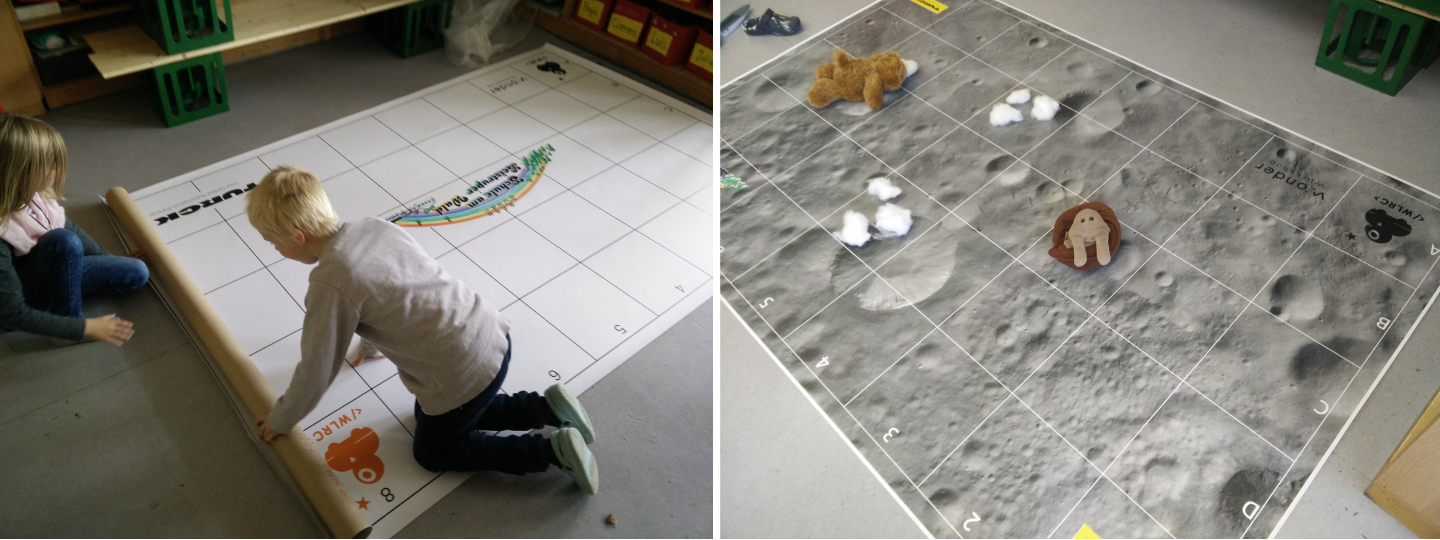
How It All Started
In Germany, I was an early adopter for Dash and Dot (probably one of the earliest, as the robots were not officially available in Germany at the time). The first time I became aware of Dash and Dot was sometime in 2015; it occurred to me that the two robots would make a great birthday or Christmas present for my son. At that time, I would have had to import the robots from the U.S., which I wanted to avoid if possible. Finally, in early 2016, when Wonder Packs were offered by a Spanish retailer on Amazon, we bought one. When Wonder Workshop founded their German branch, the apps (and the robots) later learned German, which made it much easier for the kids.
But it has always been a challenge to come up with creative missions for my son and myself. In August 2017, I became aware of the Wonder League and learned about last year’s challenges. I immediately was on fire. Great challenges, embedded in a narrative framework and to be solved as a team — excellent!
I contacted our local elementary school and volunteered to coach an afternoon robotics club, and to coach one or two teams to participate in the WLRC. I did not have to ask twice. I work as a researcher at a university and my hours are quite flexible, so although I work full-time, it’s possible for me to have a morning working in the home office on Fridays and then host the robotics club in the early afternoon.
Sponsoring: What We Need(ed)
We started with my own private equipment. Dash and Dot, as well as the accessories, belong to my son. The device we use is a Kindle Fire tablet that our kids use at home. Thus, right when we started the club, the question arose as to how the school could come up with equipment in order to be able to continue the afternoon robotics and coding club in the future without using our private stuff. At least one set of Dash and Dot robots (preferably with accessories) as well as a tablet would be required.
At first, we started with a handmade robot mat — a blue tarp (which I had at home) with a hand-painted grid on it (see photo below). But this surface was not perfectly flat and also did not look very nice. So, we decided we should have a better robot mat.
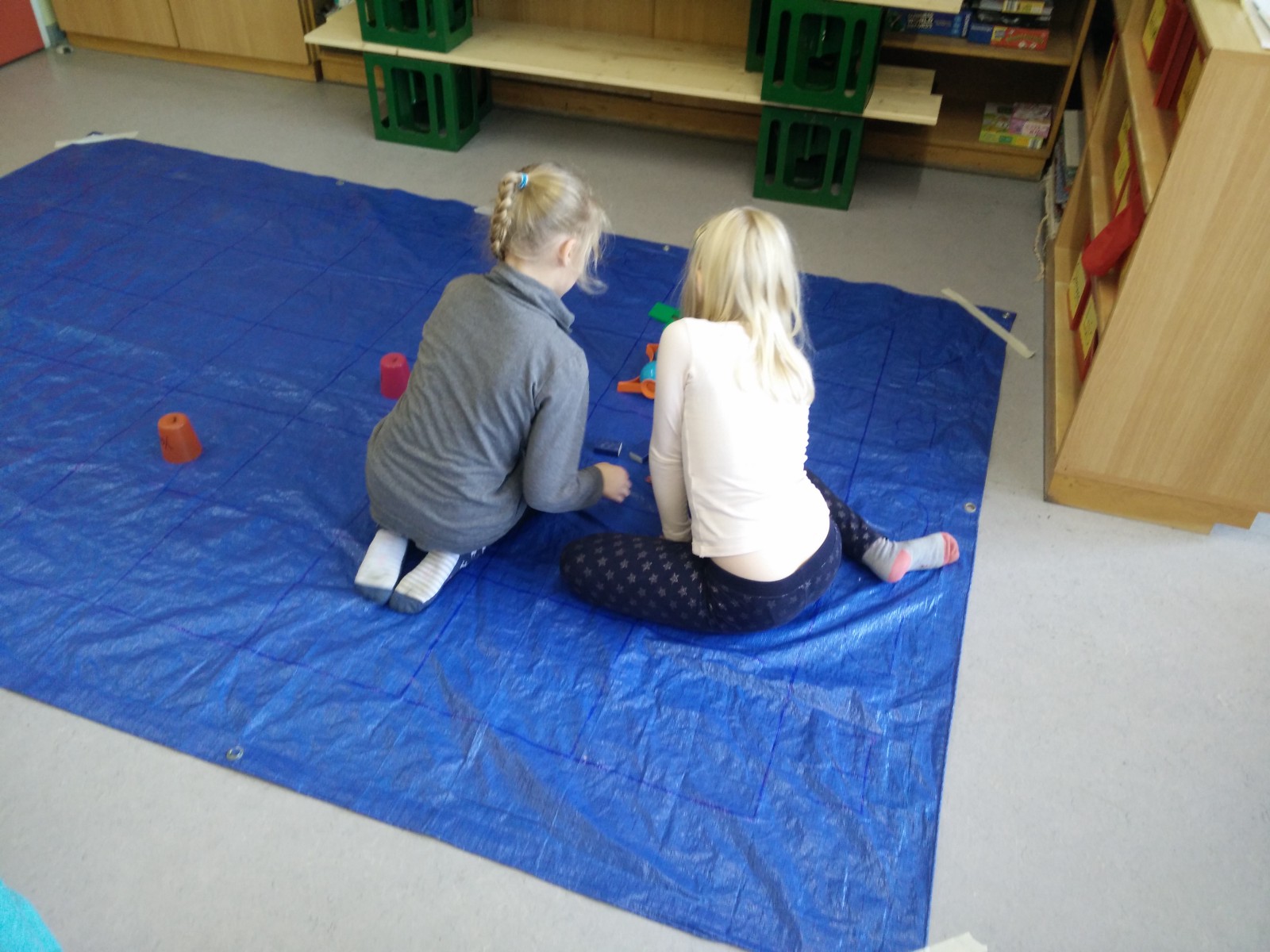
And, finally, team shirts would be nice, too.
Dash, Dot and Tablet: Acquiring Funding
A very promising solution soon became apparent for obtaining the technical equipment. In Germany’s federate state of North-Rhine Westphalia, the campaign “Zukunft durch Innovation.NRW” (zdi) has existed for some time, with nearly 4,000 partners from the worlds of business, academia, and politics joining forces to promote STEM-related activities for the young generation. The ZDI network in our region had just launched the Lippe.MINT fund, which is where schools and kindergartens are able to obtain funding for STEM activities quite unbureaucratically, up to 400 euros. We are trying to finance the robots and the tablet for the school this way. We have no answer yet, since the jury was only constituted in mid-October.
Local Small Businesses or Tech Companies?
For the robot mat, my first idea was to ask local or regional companies in the tech industry for support. The second strategy, which I preferred, was to generate support from the immediate vicinity of the school — in other words, from the village — in order to identify the still very scarce (and therefore innovative) sources of STEM funding in Germany at elementary schools.
Diestelbruch, where I live and where the elementary school is located, is a district of the town of Detmold. Detmold is home to a population of about 75,000, but the structure of the districts is quite rural. Diestelbruch is best characterized as a village with about 2,300 residents. The local economy in the village consists mainly of small businesses (craftsmen, tax consultants, physicians, physiotherapy, driving school, hairdresser, etc.). There is also a small supermarket and a restaurant.
The companies in the village, as well as the village community itself, are already strongly involved in supporting the school and the other organizations in the village, such as our sports club. For example, a new field was just built for the soccer section of the local sports club; this cost 80,000 euros, and was mostly financed by donations. The school itself is also dependent on donations for special activities and equipment. For example, it’s important for each student to have the opportunity to participate in one special event in the course of four years at the school. This year, we just hosted an extraordinary percussion week. This was possible only through donations, raised by the booster club. The booster club is currently also collecting a large amount for a new slide for the schoolyard. Given all this, I had to find a good way to raise our funds without interfering with already existing activities.
So I chose to ask for support from tech companies or a printing company that would print the mat. In principle, there were two options, both of which I offered in case of inquiries: either a donation to the booster club (who would then buy the mats) or a sponsorship, in which the mat would show a logo of the sponsor.
Strategy #1: Sponsorship
What We Can Offer Sponsors
Here, the difference has to be clear: A donation is purely non-material. In the case of sponsorship, however, consideration is provided. Of course, in our case we are not able to provide countervalue for a company in terms of the range of advertising. The support of a robotics club as a STEM activity at an elementary school is always an image gain for the sponsor.
But this image gain has to be spread. I have pointed out to potential sponsors that we will be doing public relations, for the benefit of both the school and a sponsor, because of the innovative character of the club. We will invite the press and will have an article about our teams, with a photo including the robots and the mat, in the local newspaper. The concept of the club involves regular news updates about the club (via a blog), and part of my concept is the public sharing of our contributions for the Wonder League, especially the videos, in our blog and on YouTube, Facebook, and Twitter. In the videos and photos, of course, the pitch (the mat) will be featured prominently, as will be the sponsor’s logo.
So, I had to prepare to contact larger tech companies, but the problem is that in these larger companies, in contrast to the small businesses in the village, it is not apparent who is the best person to contact for a sponsorship. I did not want to send emails to an info@ address.
In the end, the solution was simple. While I still did some research to identify persons to contact in Detmold’s tech companies, it turned out that Meikel, the father of one of my son’s classmates, works at Turck, a company that offers solutions in the field of automation. Since my wife is well acquainted with his wife, the subject was easy to broach. From that point on, it was a no-brainer. It didn’t take much for Meikel, a STEM professional himself, to grasp the logistics and the innovational character of a STEM activity for kids ages 6–10. The next day, he had an OK from his company for sponsoring our robotics club. So it’s obvious, once again, that strong contacts and good networks are central to most situations in life.

I already had sent Meikel a preview of a quite neutral design. This mat is white with just the grid and the school’s logo in the middle, plus one WLRC logo top-right and another one bottom-left. So there was the possibility to add logos of the sponsor top-left and bottom-right. Meikel then told me that his company would even sponsor two robot mats, as we have two teams for the WLRC. So I decided to design a second mat that matches this year’s WLRC story — the space island. I knew that NASA offers free-to-use images and looked for a high-resolution picture of an asteroid’s surface. After I found what I was looking for, I just added the grid and the logos. Now that we have them here, I’m really pleased with how great the mats feel and look. Here is a video of Dash’s first ride on one of his new surfaces:
Interested coaches, feel free to use the asteroid design (see photo below). Click here to download a PDF of that robot mat. We had them printed on PVC (polyvinyl chloride, 510g/ 18 oz. thickness), which can be done by any company that offers advertising banners. The dimensions are 250×160 cm.

Strategy #2: T-Shirt Sponsors
Next Step: Team T-shirts
As our two teams draw close to completion of the first mission, it is time to think about celebrating their accomplishments. I’d like to have team T-shirts with the WLRC logo and the school’s logo on the front and the teams’ names as well as the logo of the sponsor on the back. I think it is important not to have the sponsor on the front for two reasons. First, the kids should have shirts that show something they can (and want to) identify with: Dash and the school. Second, I think our first sponsor, Turck, who paid for our mats, should not be neglected. As previously written, we are planning to arrange some press coverage related to our robotics club. I cannot imagine having a press photo with the kids wearing conspicuous logos on their shirts while the logos on the mat, for a company that was so important and helpful for our club, are hard to recognize.
I expect finding a sponsor for the shirts to be an easier challenge than acquiring one for the mats. For our local small businesses, it is quite common to sponsor shirts or jerseys for sports teams, so this is something they are familiar with. When I did some research on where to print the shirts, it also turned out that the respective companies often act as sponsors for sports teams themselves. I’m curious about these next steps.
The Ethical Dimension
At the beginning, I had some concerns about how the school and the parents would react to our having sponsors for our club and thus around the school. There have been no critical reactions so far, but the subject of sponsoring in schools is quite sensitive, as shown by the emerging public discourse in recent weeks. This was triggered by a nonprofit initiative that wants to equip all third-graders in Germany with the microcontroller Calliope (an embedded system that is code-compatible with the BBC micro:bit) free of charge. The criticism in Germany focuses particularly on the fact that Calliope has received a donation of 1 million euros from Google. Critics are currently taking this opportunity to warn against the influence of companies on education. Personally, I share such concerns, but I consider them inappropriate in the current case; all of that certainly does not apply to the sponsoring of our afternoon robotics club. We are talking about sponsorship on a very modest scale and without any influence on a curriculum.
My Final Remarks
Coaching, in my case, obviously involves more than just interacting with the kids for two hours a week. But I really enjoy all these activities surrounding the club, and I really have a great time doing things like designing a mat, acquiring sponsors and building public relations. And, in fact, I have a chance to expand my skills in these areas. But my main focus, of course, is on promoting the coding and problem-solving skills as well as the social competence of the kids on my teams. I’m curious to see how they will handle the second mission.


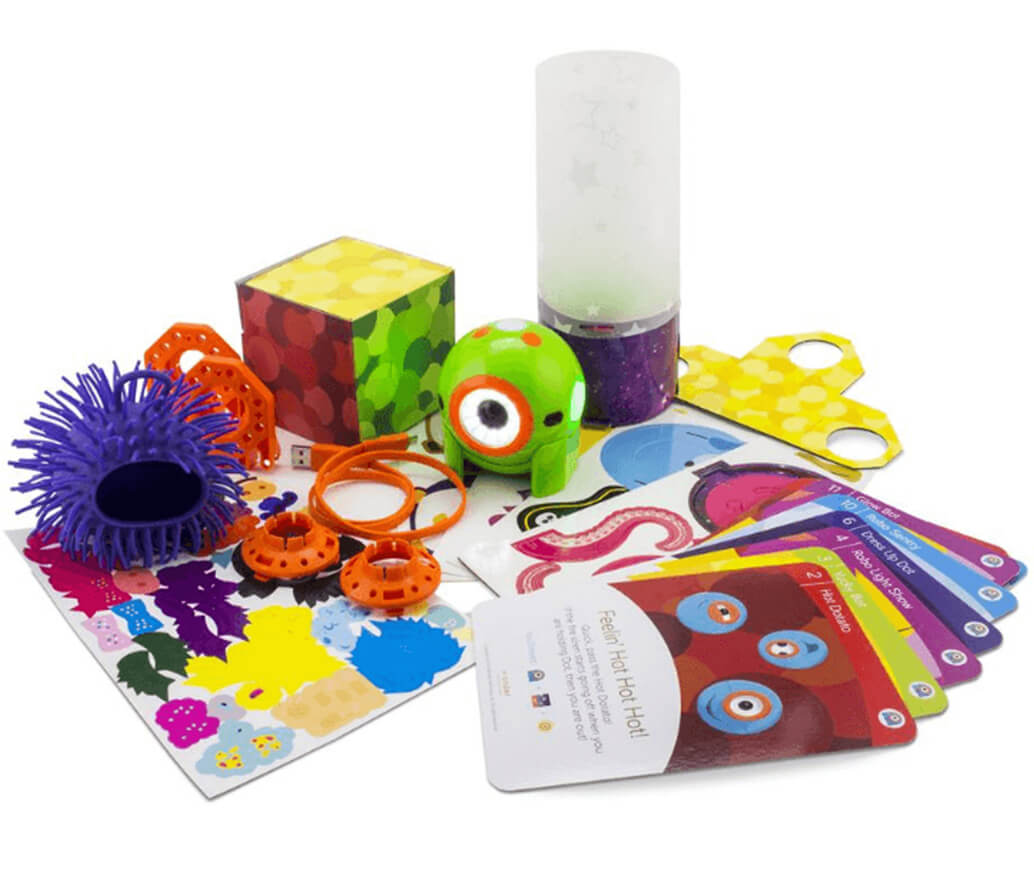
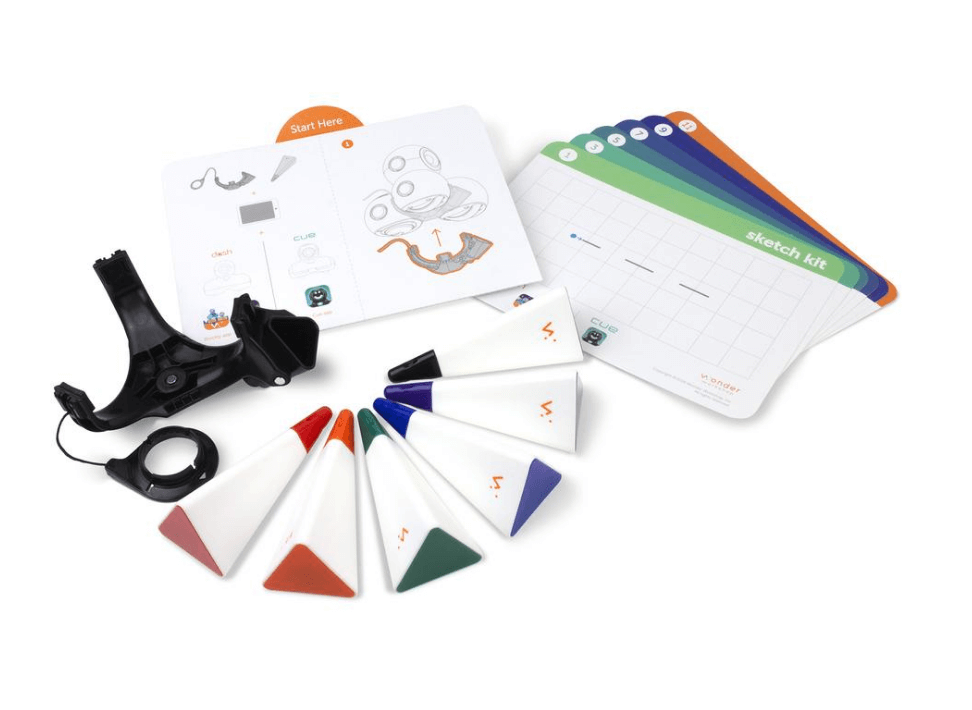


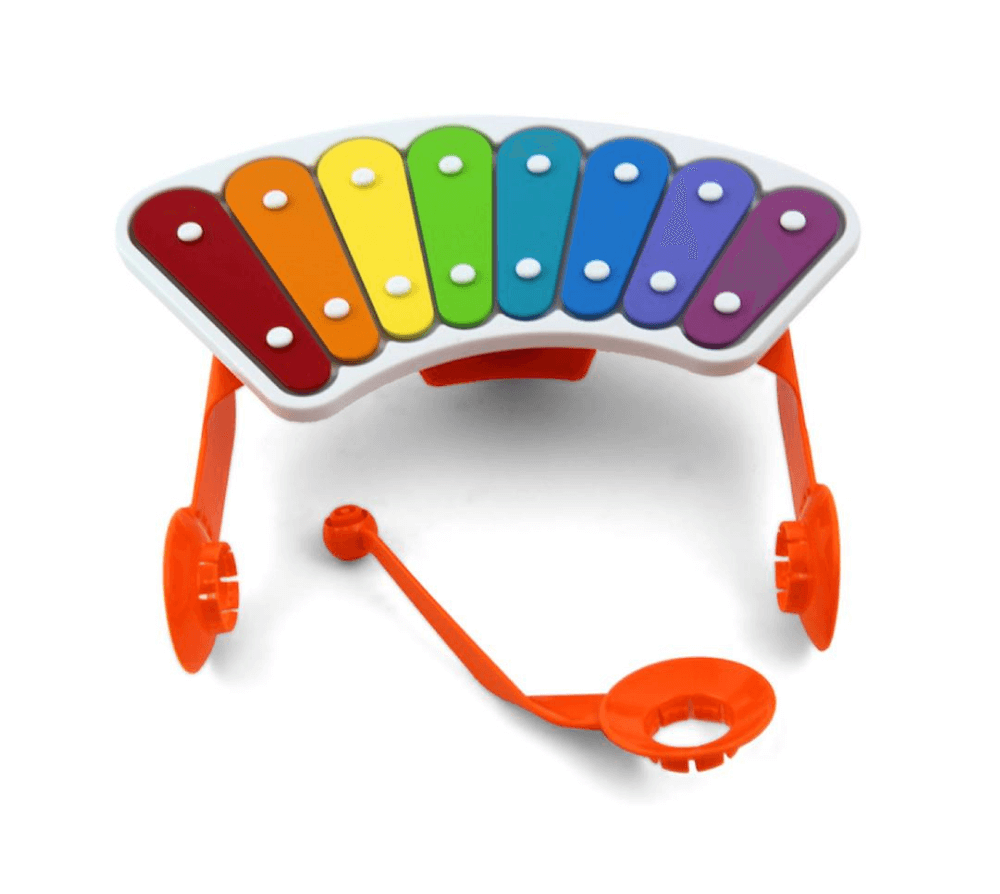

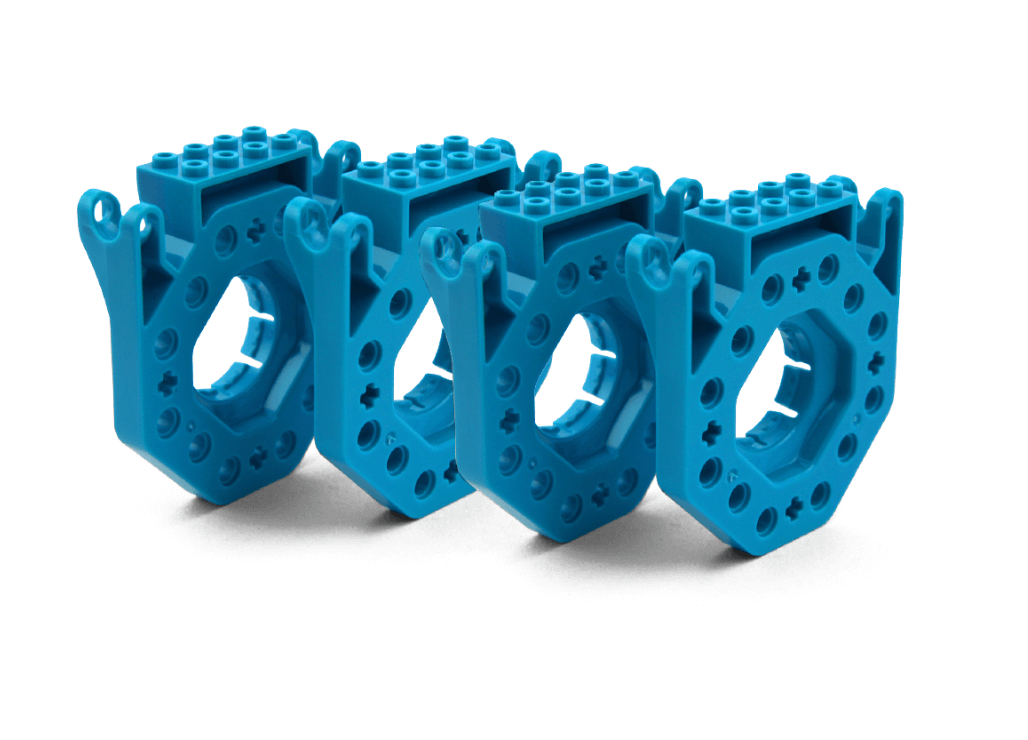
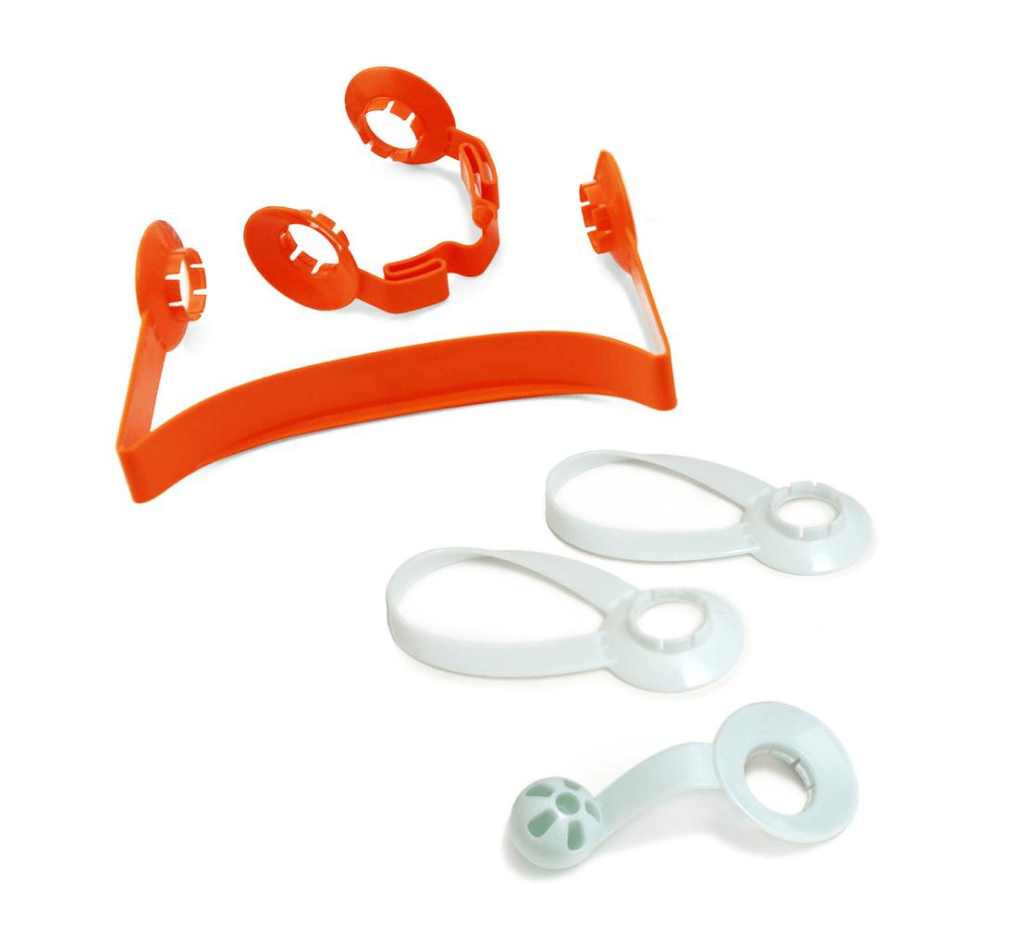

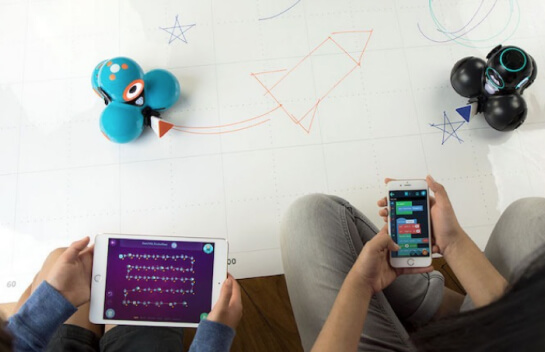
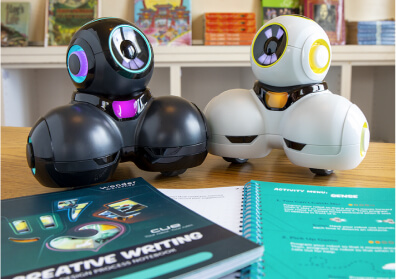
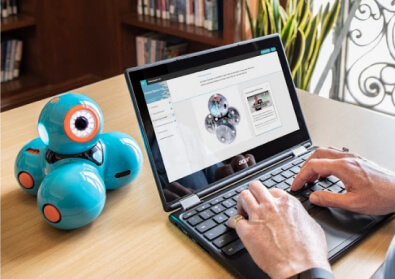



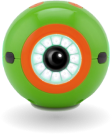



 Please wait while you are redirected to the right page...
Please wait while you are redirected to the right page...